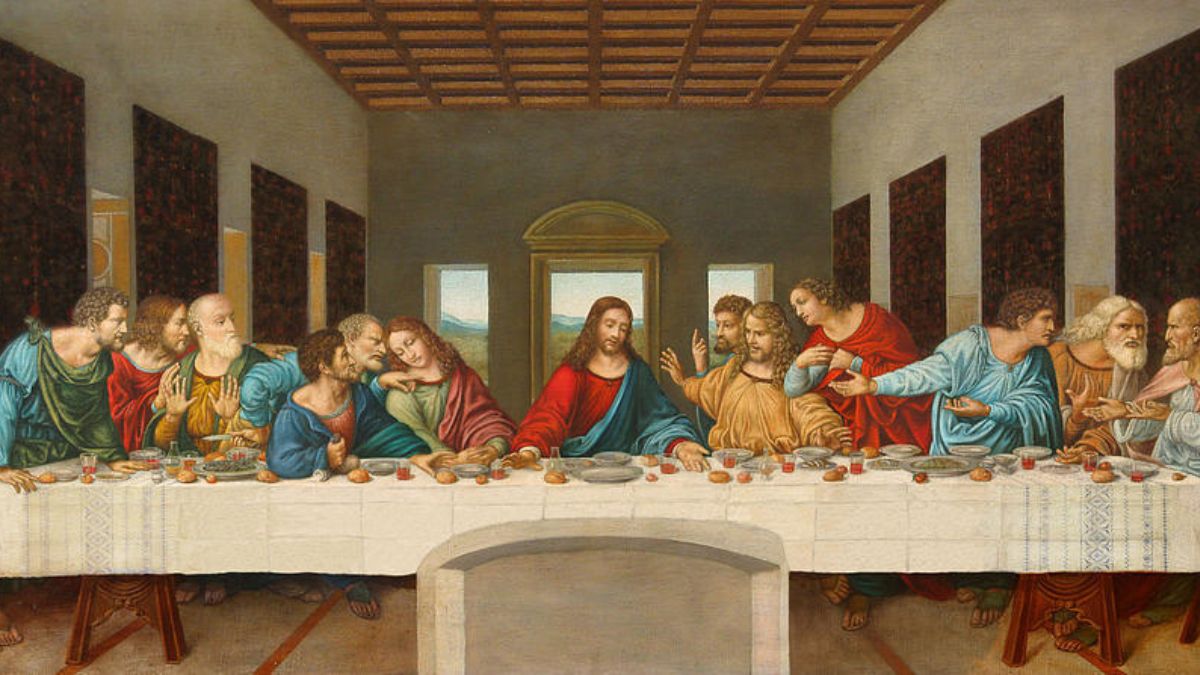

BreakPoint
Faceless Masses
Most artists make sculptures out of clay or stone. But a French artist named Orlan sculpts her own body. Orlan has undergone plastic surgery seven times to alter her face. She vows to submit to the knife repeatedly until she has the forehead of the Mona Lisa, the chin of Botticelli's Venus, and the nose and lips found in other classical paintings. This is not just a matter of vanity. For Orlan, it is "art." She says she is remodeling her face to throw off her own identity and take on a ready-made identity from paintings. In her own words, I'm not doing this "to improve, or rejuvenate, but to erase my previous image." Now, this is an unusual goal for an artist. Most people think of art as a means to express yourself, not to erase yourself. But in his book Postmodern Times, Gene Edward Veith says contemporary artists are inspired by an entirely new philosophy—a philosophy called post-modernism. Modern art celebrated the individual self. But postmodern art embraces cultural determinism —the idea that people are shaped by their culture. Modern art aimed at expressing your unique personal perspective. But postmodern art aims at erasing your uniqueness and simply reflecting cultural forces. A postmodernist German artist named Joseph Beuys writes his signature on manufactured items taken right off the store shelf—and then sells them as art. This is art as a direct attack on the very idea of personal expression and personal uniqueness. The artist merely affixes his name to whatever his society produces. Art becomes merely the expression of a consumerist society. Postmodernism also explains why the great artists of the past are denounced as Dead White Males. Works of art are no longer judged by their individual insight and creativity. Instead they're treated as the expressions of class, race, and gender. Postmodernist critics diligently deconstruct works of art for signs of sexism, racism, and class prejudice. Because of this group mindset, postmodern art often veers off into sheer political activism. Several months ago the National Endowment for the Arts funded an art project that consisted of handing out $10 bills to illegal immigrants. The purpose of this crazy stunt was to protest government policy toward illegal immigrants— to turn them into a politicized victim group. This emphasis on group identity has been bemoaned by pundits and social commentators. But few understand where it came from. Its roots are in a postmodernism that reduces the individual to a web of cultural forces. You and I can point to postmodern art in order to argue that Christianity alone gives an adequate base for individual worth and dignity. Francis Schaeffer used to say the death of God would mean the death of man. His words were prophetic. The Western heritage of individual dignity rested firmly on the Christian belief that God created and loves each person. But as modern culture rejects the Christian heritage, it is losing its basis for individual rights and dignity. Today's postmodernism dissolves the individual into the social group. And it is symbolized by artists who find ways to erase their individuality—even if it means using plastic surgery to sculpt and resculpt their faces.
12/13/94















